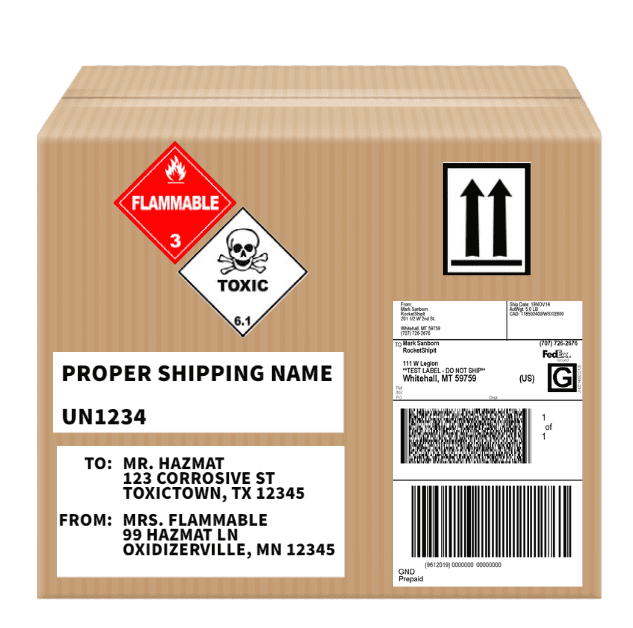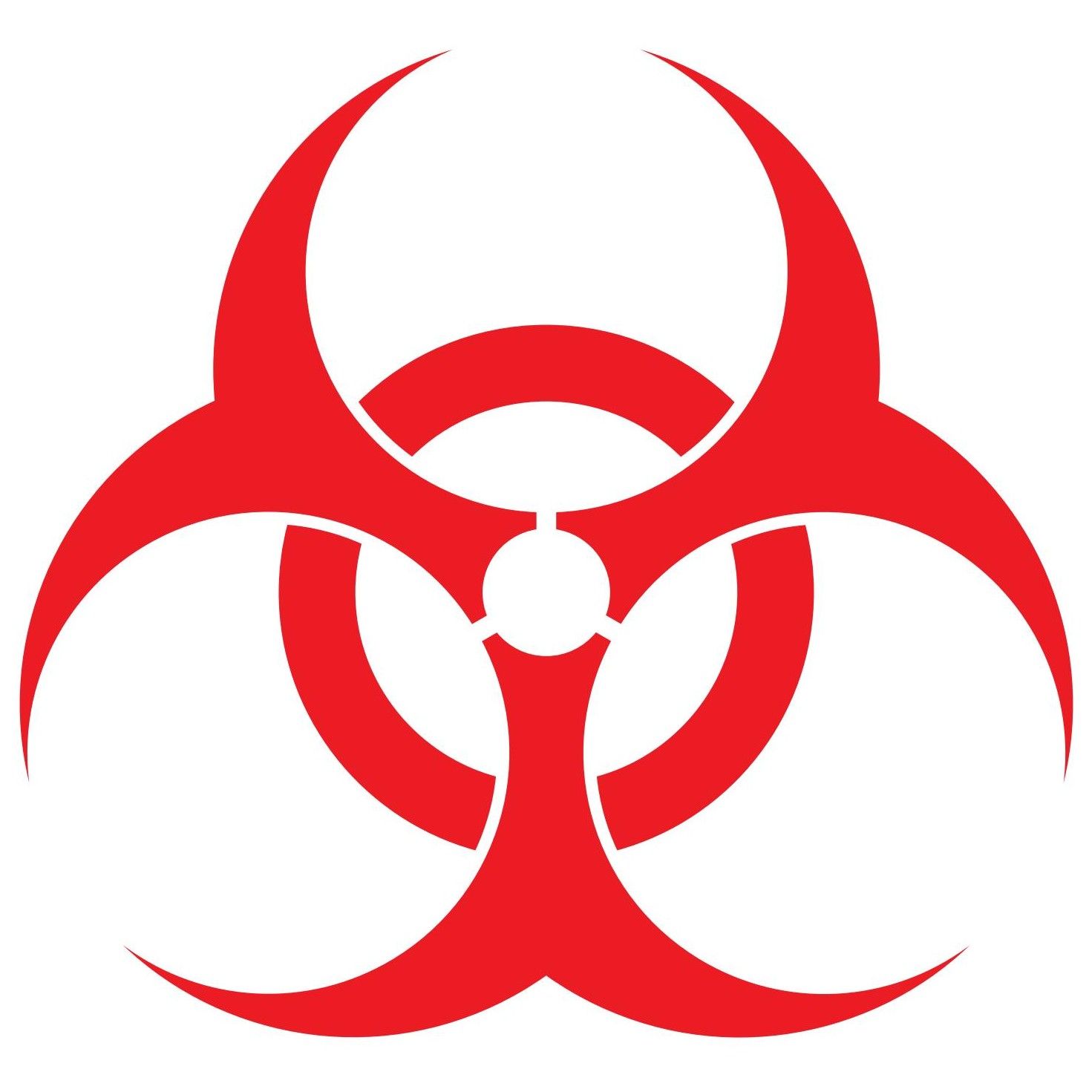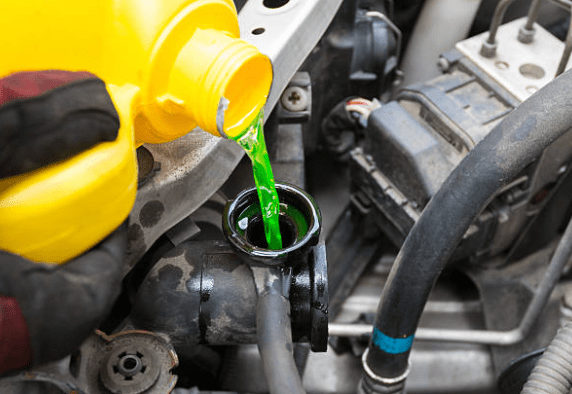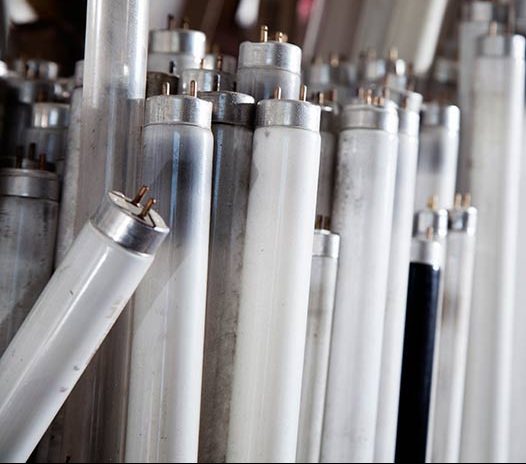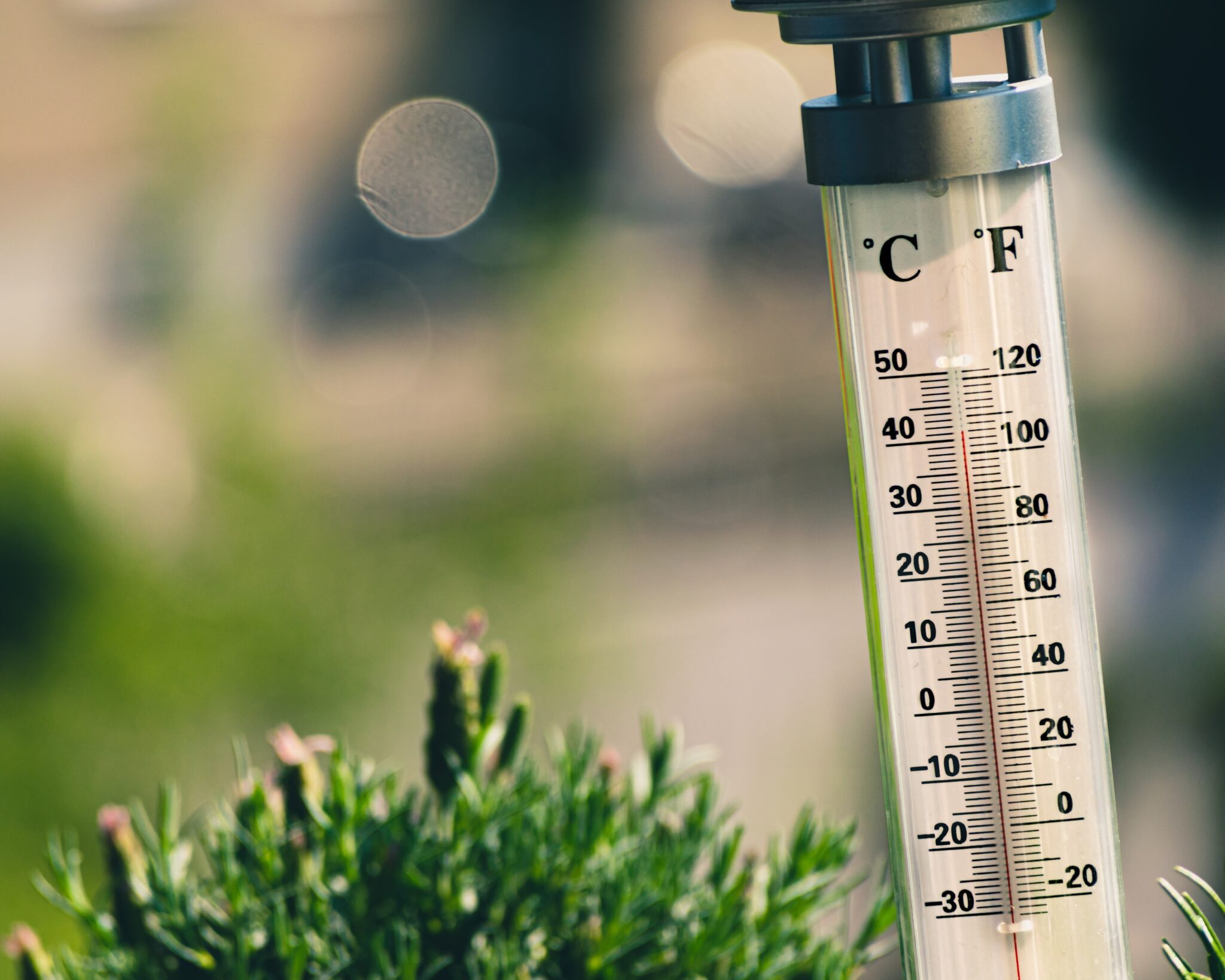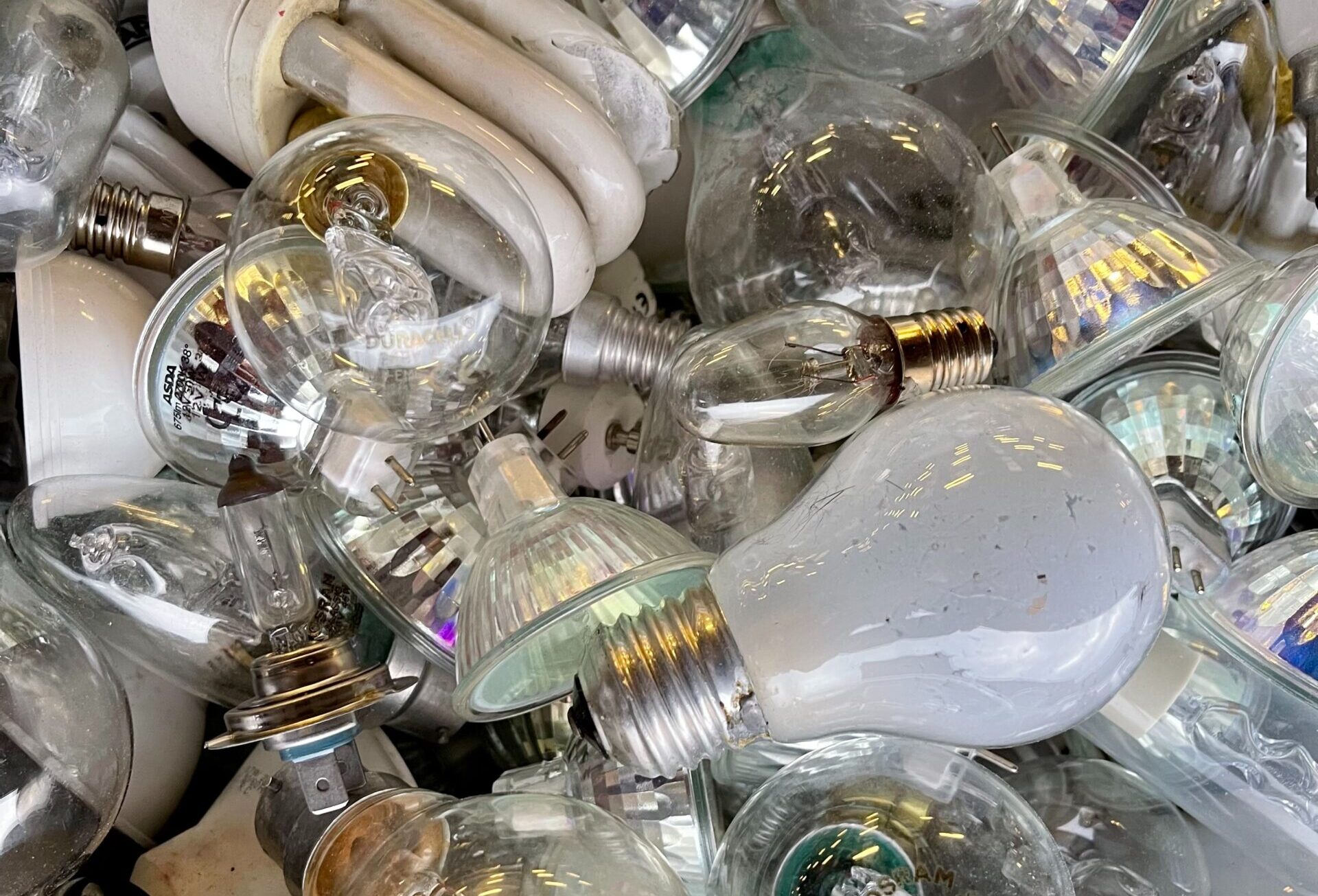
Fluorescent light bulbs and lamps are well-regarded for their energy efficiency and long service hours. However, it’s important to know how to dispose of fluorescent light bulbs and lamps because fluorescent lights contain heavy toxic metals that are regulated hazardous waste. That waste is principally mercury and mercury-laden vapor, but lead, cadmium, nickel, arsenic, chromium, and gadolinium can all be found in fluorescent lights. To comply with the law, states like Maine require institutions, companies, and consumers alike to recycle all mercury-added light bulbs properly.
Why Proper Disposal is Important
Though hazards related to fluorescent light bulbs have been known for some time, they are so commonplace that many people overlook, do not consider, or even realize how potentially harmful they are. Fluorescent tubing and bulbs are filled with an inert gas comprising 15 mg of mercury, part of which is in vapor form. Though that vapor emits ultraviolet radiation (UV) when an electric current is applied to the electrodes, it’s also toxic. When fluorescent bulbs shatter, mercury vapor is released into the air. That in itself not only presents a health hazard. Mercury is a neurotoxin, but a source of environmental contamination if not appropriately cleaned and disposed of.
Nonetheless, public places everywhere—schools, stores, businesses, factories, plants, and various institutions—use fluorescent lights for their low energy consumption relative to electrical power supply. But it also means that millions of spent bulbs are discarded each year. That alone makes fluorescent lights the largest source of mercury in the waste stream and is why it is classified as a universal waste.
Universal wastes are hazardous wastes regulated by states and the U.S. Environmental Protection Agency. These types of waste are generated by virtually all businesses, households, and public spaces, and proper disposal and recycling are required by law. Common universal wastes are batteries, thermostats and thermometers, televisions, computers, flat panel displays, various types of light bulbs and lamps like high-pressure sodium, metal halide, and ballasts containing polychlorinated biphenyls (PCBs) and, of course, fluorescent lights and bulbs.
Mercury-added light bulbs are not limited to types of fluorescent lighting such as compact fluorescent (CFL) or linear fluorescent (straight, circline, and u-tubes), but mercury and heavy metals are also found in neon lights, black lights, UV lights, and high-intensity discharge (HID) bulbs. HID lights and lighting is used extensively for security and illumination in outdoor warehouses and in industrial, retail, and various commercial settings and environments. If you are uncertain whether a light bulb contains mercury, look for the letters “Hg” (the elemental symbol for mercury) stamped within a small circle on the bulb. Then again, sometimes bulbs are labeled with the words “contains mercury.”
How to Dispose of Fluorescent Light Bulbs
Fortunately, fluorescent lights are recyclable. In Maine and other states, the lights, or any mercury-added lamps, cannot be disposed of in the trash and must be recycled as mandated. To comply with the law, businesses and institutions should create a plan for their proper removal. For the sake of their own health, all staff should be made aware of the potential hazards of fluorescent lighting if broken, and responsible staff should know, procedurally, how to dispose of fluorescent light bulbs in the building. Fluorescent lights are fragile and need to be handled carefully. Do not tape or band them together. They will break under stress. Used lamps and bulbs can be placed in the boxes in which they came. To ensure they are not shattered, store them in a safe, dry area and other universal wastes until it’s time for proper disposal.
A single box of bulbs can be brought to designated recycling centers—located everywhere. However, to ensure compliance and safety, businesses and institutions that generate large amounts of universal waste are better served by working with an experienced company to properly dispose of EPA-sanctioned waste.
Contact the Experts at Maine Labpack
Maine Labpack has over 20 years of experience in packaging and safely transporting such wastes for disposal, including universal wastes like fluorescent light bulbs. We offer free consultation and estimates for disposal. Our service area covers Maine, New Hampshire, and Massachusetts, and we maintain a healthy liaison with each state’s environmental agencies. For more information on how we can help you manage your disposal needs, contact our team at Maine Labpack.

